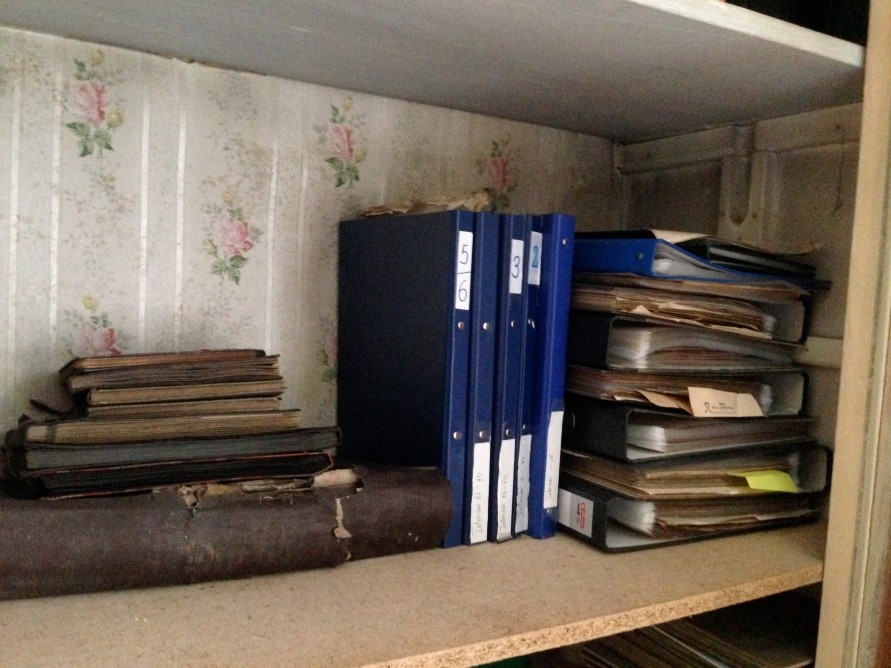New Publication by Gerdien Jonker: The Mosque Archive in Berlin-Wilmersdorf
For Project MIDA – Modern India in German Archives 1706-1989 – EZIRE research assistant Gerdien Jonker has retrieved and studied the supposedly lost archive of the Ahmadiyya mosque in Berlin-Wilmersdorf.
In the now available first publication “The Mosque Archive in Berlin-Wilmerdorf: Of Muslim Modernism and German Life Reform“, Jonker inventories the uncovered materials, outlines the Ahmadiyya missionaries’ historical background and analyses the workings of the imams in Berlin that have been recorded in the archives. Providing public access to anyone interested in the history of globalization, Islamic reform, the history of German-Indian relations or the history of life reform, is one of the long term goals of the project.
The origins of the Ahmadiyya mission and its way to Berlin
The Ahmadiyya movement emerged in reaction to efforts of the British-Christian “civilizing mission” in Northern India towards the end of the 19th century. Founder and eponym Mirza Ghulam Ahmad presented himself as the “prophet in the shadow of the prophet (Zilli Nabi)” to the Indian Muslim community. Starting at around 1900 and using the Christian model, he sent his disciples as missionaries into the world. In 1923, they began construction of the Berlin Ahmadiyya mosque and made efforts to get in touch with the German people.
First insights into the life and administration of the congregation
The administrative language of the Ahmadiyya mosque was German, merely correspondence to the mother house in Lahore was held in Urdu. This exchange was frequent as success stories of the Berlin mission work, furthered the cause in India. Folders labeled “New Muslims” document the interest of Germans in the mission; exit certificates from churches and synagogues, as well as marriage registries bear witness to numerous conversions.
The founding of the German-Moslem Society (DMG) as a registered association in 1930 fulfilled the missionaries’ assimilation to the German club structure. Besides the association’s memorandum, articles and lists of members, non-bureaucratic documents, such as as the photo albums of Imam Abdullah, have been found. They tell the story of a “convival cohabitation of Indians and Germans”.

The Ahmadiyya mosque’s archive inventory is estimated to be comprised of 70.000 documents. Their public accessibility in the Berlin State Archives by 2021 is one of the project’s objectives. To make this happen, the EZIRE team is waiting for the approval of a DFG funding application that would also enable the development of an archival structure and further research about the topic.
